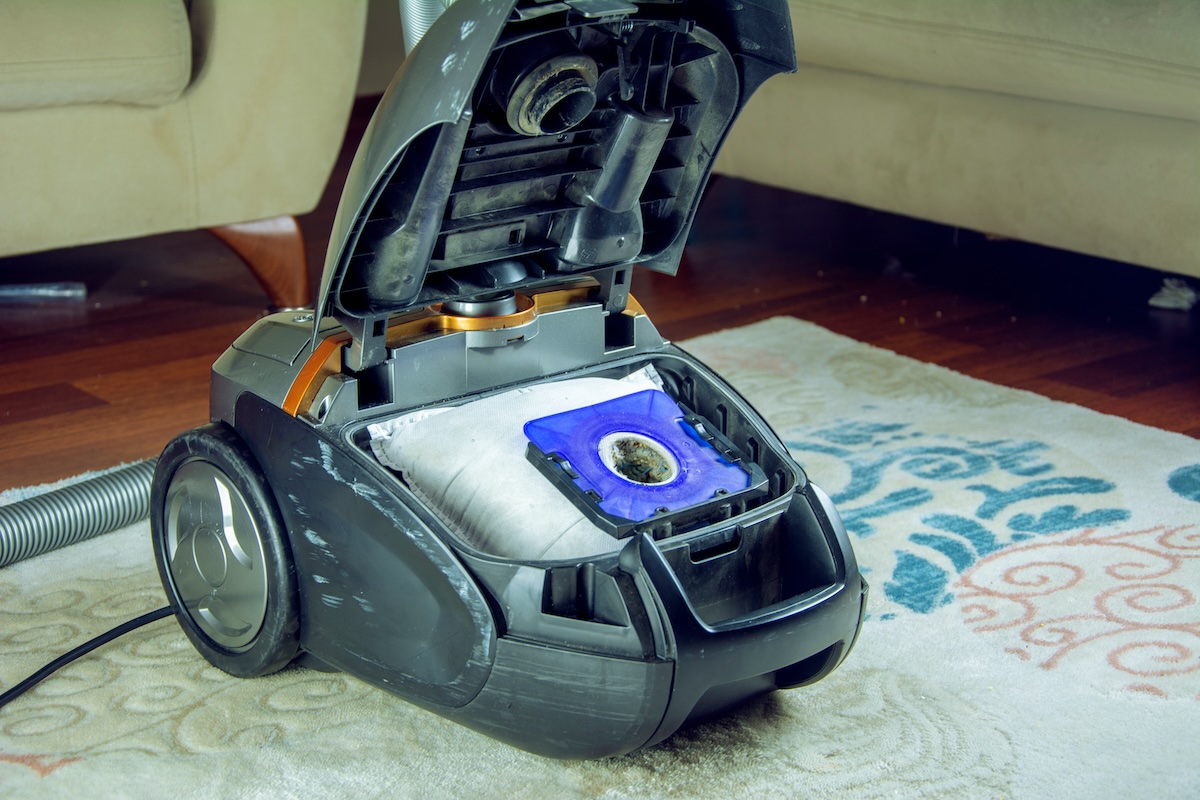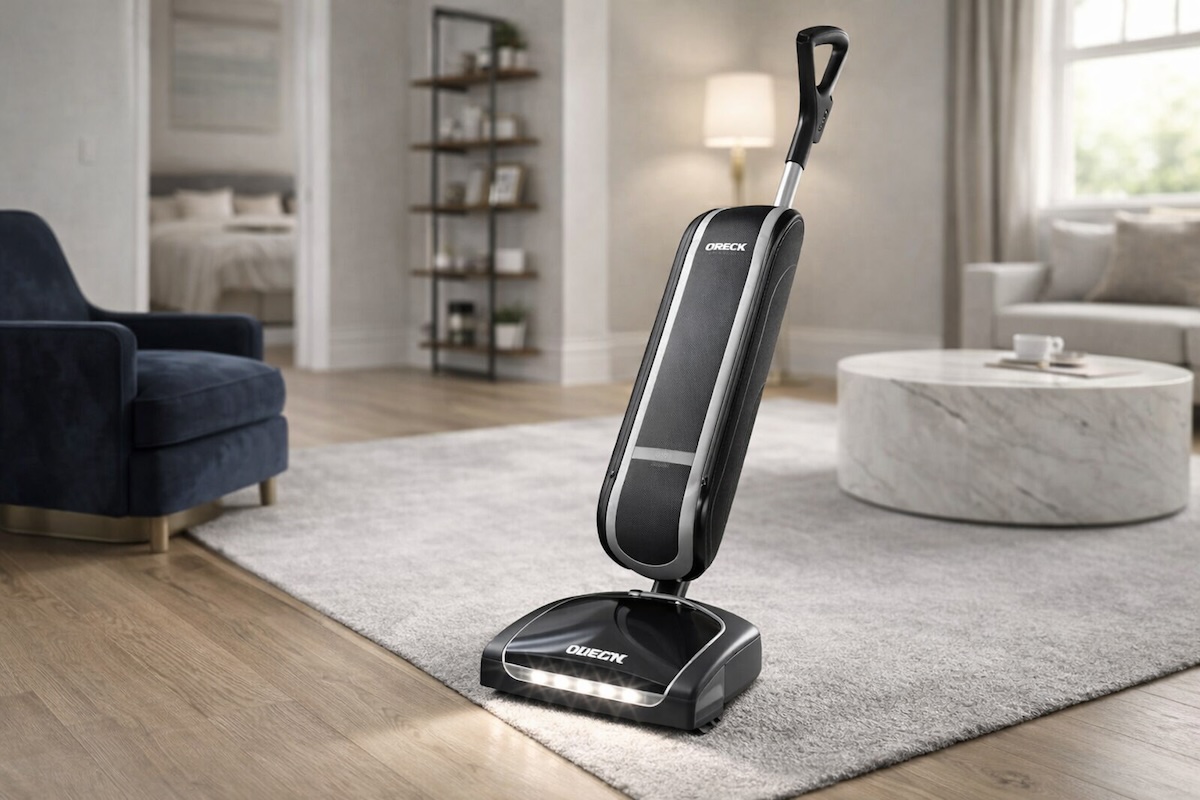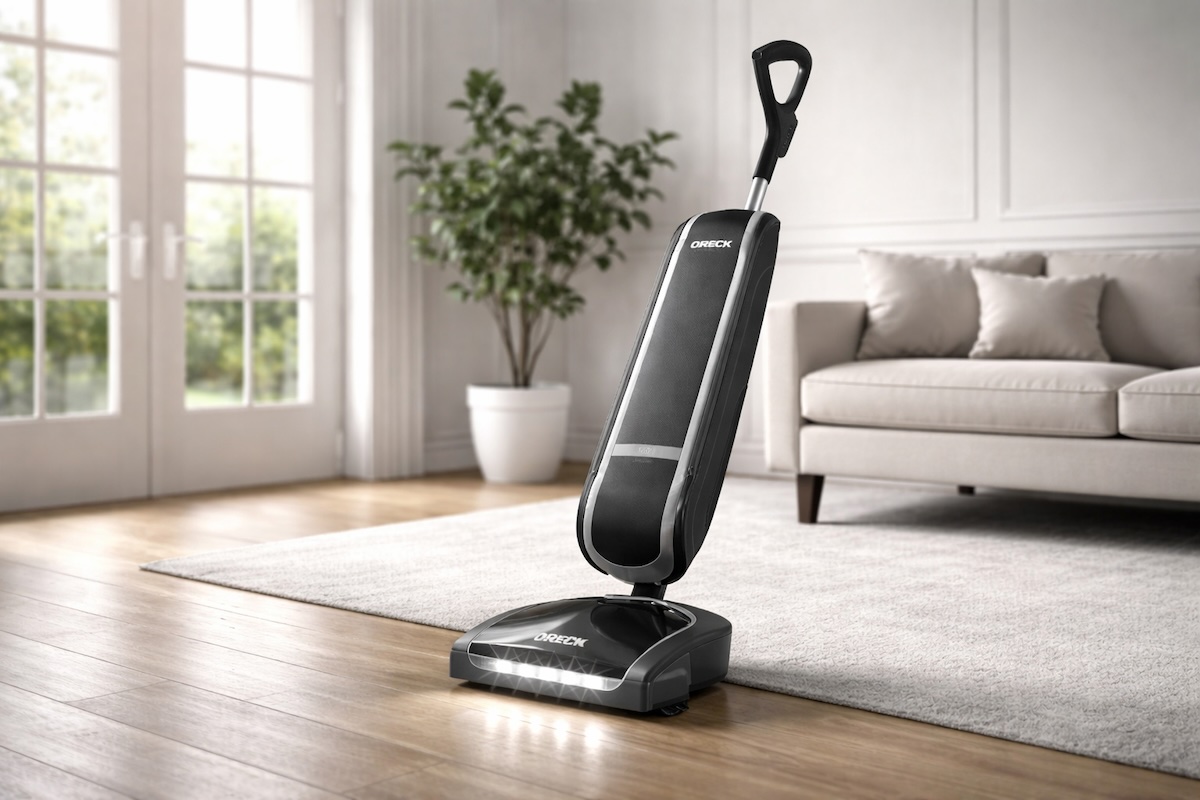The idea that “every top vacuum” is bagged comes from reading expert lists through a narrow lens. Lab tests, allergen certifications, and professional service recommendations often lean heavily on bagged canisters and uprights. At the same time, mainstream “best overall” awards often go to cordless sticks like Dyson’s V15 Detect or Tineco’s Pure One, which are bagless. What’s happening is that two very different scoring systems collide: consumer convenience and lab-grade performance. Bagged vacuums win in the lab because of filtration integrity, containment, and long-term durability. Bagless sticks win in everyday rankings because they’re portable, fast, and simple to grab for quick messes. Understanding why bagged models still dominate professional recommendations requires going into the mechanical and certification details.
Containment: The Allergy and Asthma Battleground
When you dump dirt out of a vacuum, you’re at the highest risk of being exposed to allergens. Bagged designs handle this moment with self-closing bags that trap dust the second they’re pulled from the housing. That is why the Asthma & Allergy Foundation of America (AAFA) tests vacuums specifically on this disposal step. Their certified-vacuum criteria demand sealed containment at every stage. Bagged vacuums excel here for three reasons:
- Self-sealing exits: flaps or spring doors prevent debris from leaking.
- Multi-layer bag construction: captures particles from visible crumbs to sub-micron dust.
- Primary filter effect: the bag itself filters air before it reaches other filters.
Bagless bins almost always fail this part of containment. Emptying a dust cup means shaking it, tapping it, or brushing it out, all of which release a cloud of fine dust.
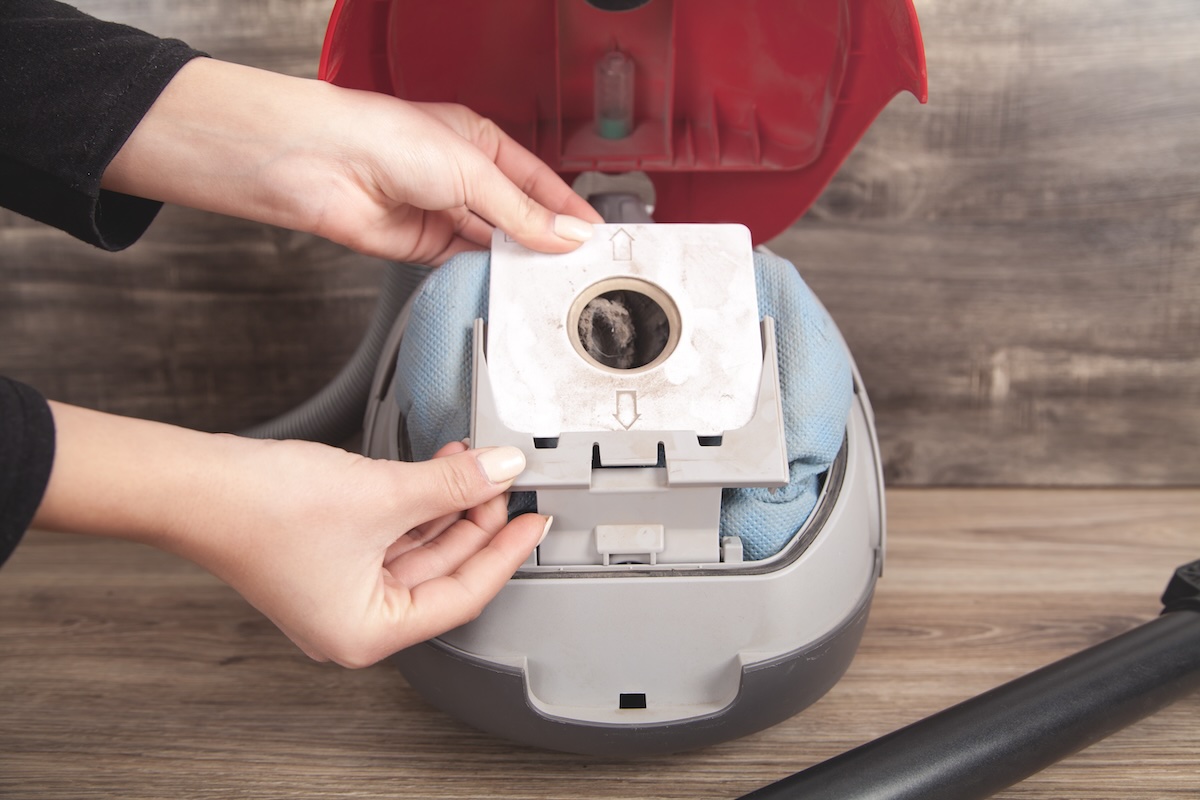
Filtration Standards That Drive Expert Choices
Lab tests don’t stop at the bag. They measure the entire system. Standards such as IEC/EN 60312-1 require testing re-emission levels: how much dust escapes through seams, gaskets, or the exhaust stream. AAFA and similar programs in Europe certify whole-machine filtration, not just the media in the filter slot. A bag makes this easier to achieve because it doubles as both collector and filter. Brands like Miele, SEBO, and Riccar engineer sealed housings so no air bypasses the bag. That engineering is expensive but directly tied to why their models keep showing up on “best for allergies” and “best canister” lists.
Airflow and Suction Consistency
Airflow is the invisible force that determines cleaning power. Bagged designs maintain suction across the cleaning cycle because dirt falls to the bottom of a top-fill bag while air continues to move through the bag’s sides. The large surface area prevents clogging until the bag is nearly full. By comparison, bagless cyclonic systems depend on filters that clog as fine dust accumulates. Even when suction feels strong, efficiency drops as the system works harder to maintain flow. That’s why professional cleaners, hotels, and janitorial crews prefer bagged machines: they can work hours without a performance drop.
The User Experience
For a homeowner, this means fewer frustrations. A bagged vacuum doesn’t slow down halfway through a job. A bagless one may need a filter cleaning break after covering just a couple of rooms. That steady airflow is a big reason professional testers give bagged models higher marks in sustained cleaning trials.
Maintenance: The Difference Between “Set It and Forget It” and “Rinse Weekly”
Bagless vacuums are sold as “no ongoing cost.” But the trade-off is frequent maintenance. Filters must be rinsed, dried, and replaced periodically. Bins need scrubbing, and fine dust clogs cyclone parts. A bagged machine reduces upkeep to replacing the bag every few months and swapping a HEPA filter once a year or so. The bag itself collects most of the fine dust, which means less dirt circulating inside the machine.
Motor Protection
Dust that escapes a bagless bin can reach the motor compartment. Over years, this wears down bearings and impellers. Bagged machines act like sealed capsules, protecting the motor. It’s why a 10-year-old SEBO or Miele can still test near factory performance, while a 5-year-old bagless upright may have visible dust buildup inside.
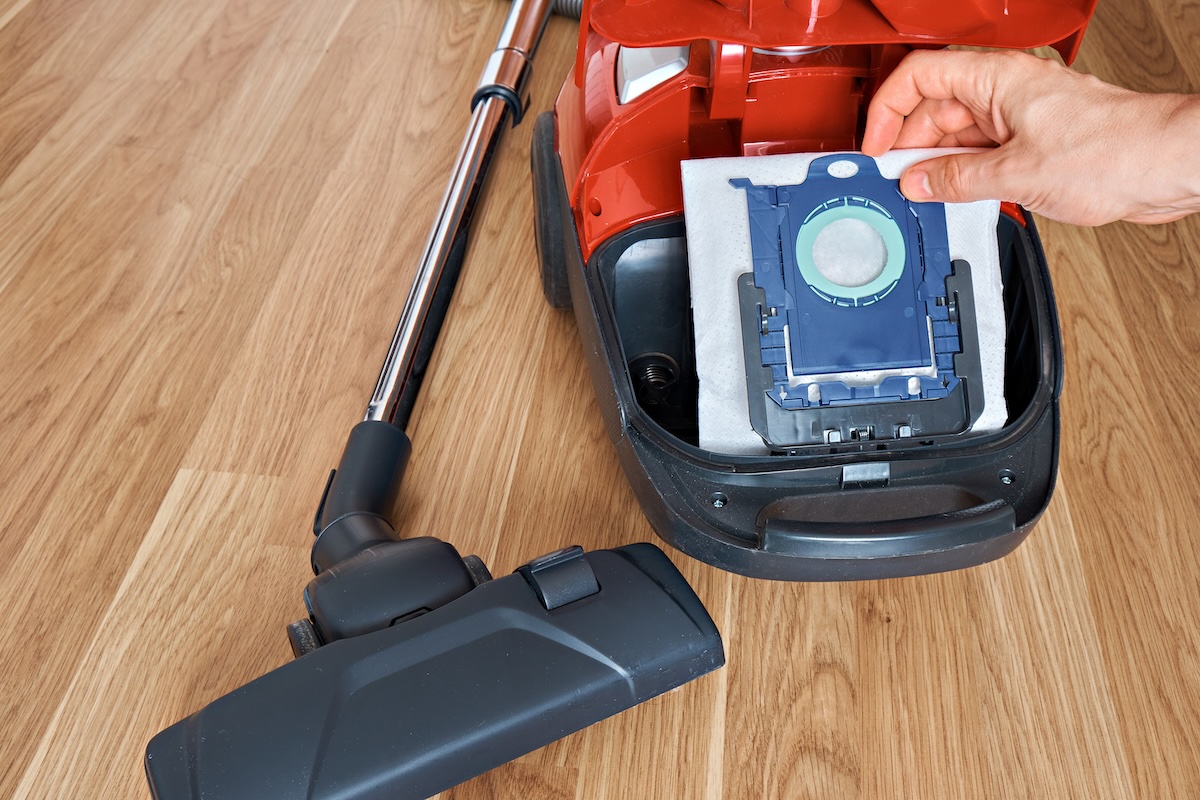
Capacity: Real Numbers Matter
When labs measure cleaning capacity, bagged models hold a clear advantage. Typical figures:
- Miele GN bag: 4.5 liters.
- SEBO D4 bag: 6 liters.
- Riccar upright bags: around 3–4 liters.
Bagless bins usually max out at 0.75 to 1 liter. That means five or six emptying trips per one bag replacement. For large homes, rental units, or offices, this efficiency gap is not trivial. It translates into less downtime, fewer interruptions, and more consistent performance.
Why Experts Weight Bagged Designs Heavily
Look at the criteria used by professional testers:
- Containment at disposal
- Whole-machine filtration integrity
- Sustained airflow during capacity fill
- Ease of maintenance
- Motor longevity
Bagged vacuums routinely score highest in these categories. That is why lists of “best canisters,” “best for allergies,” and “best for durability” feature them so prominently. Meanwhile, bagless sticks still dominate “best for convenience” or “best for apartments.” Both are true, but the deeper performance metrics tilt toward bagged.
Bagged Vacuums in Everyday Use
Bagged vacuums stand out because they offer sealed containment, steady airflow, and reduced upkeep, qualities that matter most once convenience gives way to long-term use. These strengths matter in daily life, shaping how a family manages allergies or how a business keeps equipment reliable, and they naturally lead into the question of where to find machines built to deliver those results along with the guidance to keep them working at their best.
That connection between trusted performance and trusted support is what defines Edison Vacuums. By offering Riccar, Simplicity, SEBO, Titan, and Miele, Edison places in customers’ hands the same bagged machines that independent testing rewards for capacity and filtration, backed by decades of service knowledge. The value of these vacuums comes not only from the design but from the expertise standing behind them, and Edison brings both together. Visit Edison Vacuums in Brentwood today to choose a bagged vacuum that will provide dependable cleaning for years.

